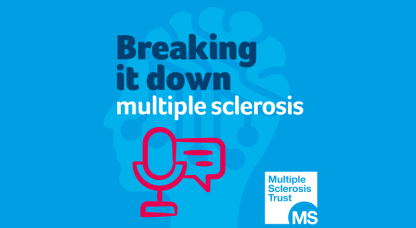People with relapsing remitting MS starting early treatment with a disease modifying drug have a lower risk of developing secondary progressive MS, according to a study of medical records.
People with relapsing remitting MS often find that, over time, their MS changes so that they have fewer or no relapses while, at the same time, their disability is increasing. This is called secondary progressive MS (SPMS). The change between relapsing remitting and secondary progressive MS is not a sudden switch but a gradual process.
There is no simple test to determine whether someone has developed SPMS, so it has been difficult to assess whether taking disease modifying drugs (DMDs) reduces the risk or delays converting from relapsing to secondary progressive MS. This study used a recently verified definition of secondary progressive MS to compare the risk of conversion for people taking different DMDs or no treatment.
Data was drawn from medical records of 1555 people with relapsing remitting MS from three different sources: untreated people from the University Hospital of Wales; treated people from MSBase, a database which collects data from clinics around the world; and people treated with Lemtrada before it was licensed. People were followed for at least 4 years.
The results showed that all the DMDs significantly reduced the proportion of patients developing SPMS.
- Initial treatment with Copaxone or one of the beta interferons had a lower risk of developing SPMS than no treatment.
- Initial treatment with more effective drugs Gilenya, Lemtrada or Tysabri was associated with a lower risk of developing SPMS than initial treatment with Copaxone or one of the beta interferons.
- Risk of developing SPMS was lower when Copaxone or beta interferon was started within 5 years of the onset of MS compared with later.
- Switching from Copaxone or beta interferon treatments to more effective drugs Gilenya, Lemtrada or Tysabri within 5 years compared to later also reduced the risk.
The results suggest that early treatment with one of the more effective DMDs, such as Gilenya, Tysabri or Lemtrada is most effective at reducing the risk of developing secondary progressive MS.
An accompanying editorial is critical of aspects of the study including the use of three different sources of data. Nevertheless, the editorial concludes that evidence is growing that early and aggressive treatment can forestall future damage, although this cannot prevent disability progression completely.
Brown JWL, et al.
Association of initial disease-modifying therapy with later conversion to secondary progressive multiple sclerosis
JAMA 2019; 321: 175-187
Summary
Editorial


